As summer fades and autumn’s chill rolls in, your once-blooming garden begins to look a little tired. Fallen leaves pile up, perennials start to wilt, and vegetable beds show the remains of a busy growing season. While it may be tempting to ignore the mess until spring, experts say fall cleanup is one of the most important gardening tasks of the year.
A proper fall cleanup doesn’t just make your garden look neat—it also prevents diseases, controls pests, and prepares the soil for next season’s success. But how do you know when it’s time to roll up your sleeves and get started?
Here are seven telltale signs your garden needs a fall cleanup—plus step-by-step guidance on how to do it right without overworking yourself.
1. Spent or Diseased Plants Are Taking Over
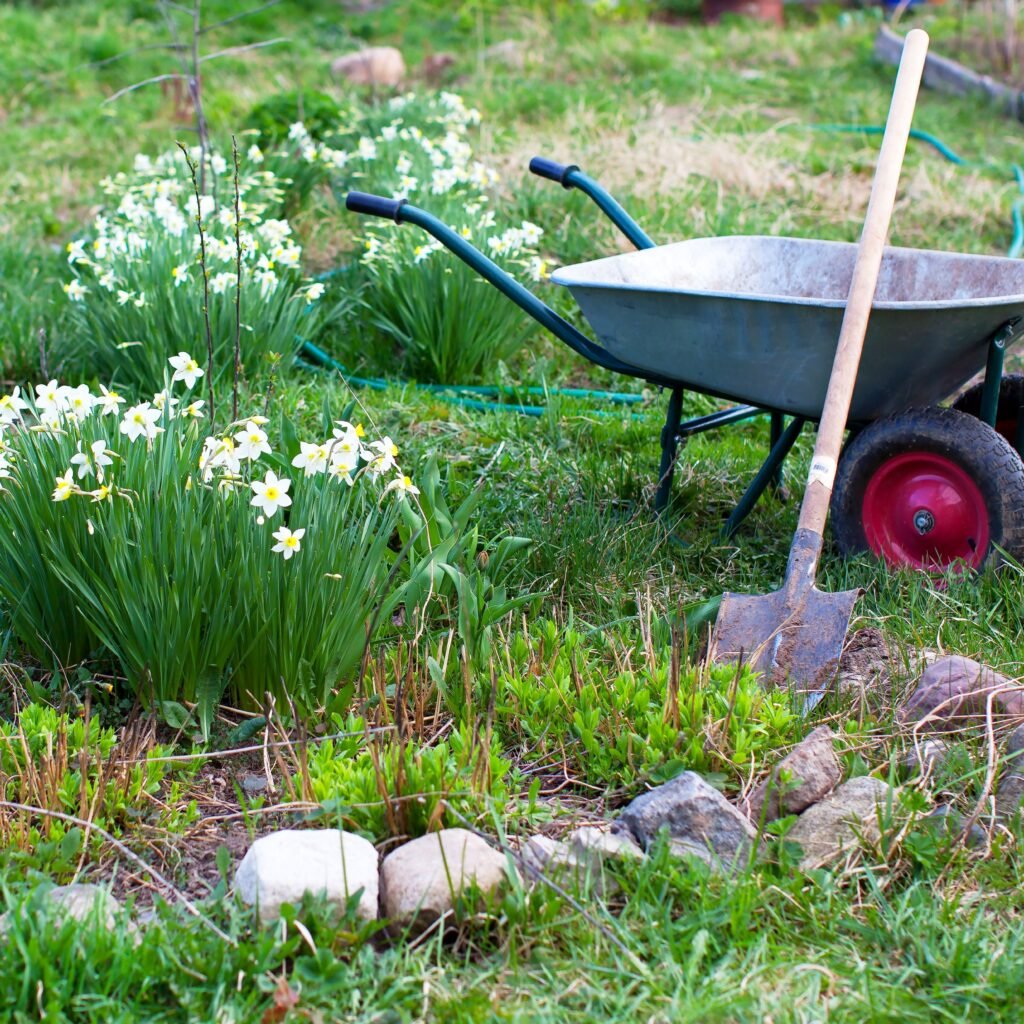
One of the first and clearest signs your garden needs attention is when plants are spent, diseased, or dying back. Blackened leaves, spotted foliage, or shriveled stems signal it’s time for removal. If left in place, these plants can harbor fungal spores, insect eggs, and bacterial diseases that overwinter and attack your garden in spring.
How to Fix It:
- Remove and discard any diseased plant material immediately—especially tomato vines, squash leaves, and rose foliage.
- Don’t compost infected material; toss it in the trash instead.
- Healthy plants can be cut back and composted to enrich your soil.
Expert Tip:
Keep a bucket of disinfectant (one part bleach to nine parts water) handy to dip pruning shears between cuts. This prevents spreading disease from one plant to another.
A clean start now means fewer pest and disease problems when temperatures rise again.
2. Your Garden Beds Are Buried in Fallen Leaves
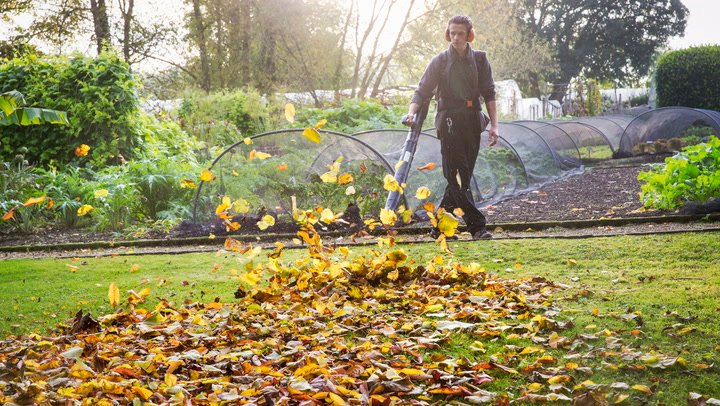
A scattering of fall leaves can add charm to your garden—but thick, soggy piles are trouble. When leaves mat down and stay wet, they suffocate the soil, encourage mold growth, and create perfect hiding places for slugs and other pests.
How to Fix It:
- Rake up and shred excess leaves using a lawnmower or leaf shredder.
- Use shredded leaves as free, nutrient-rich mulch for flower beds and around trees.
- Compost the rest for future soil improvement.
Budget Tip:
There’s no need to buy mulch—shredded autumn leaves are just as effective and cost nothing!
By cleaning up leaf litter, you prevent pest infestations and promote healthy air circulation in your garden beds.
3. Overgrown Perennials Are Crowding Each Other
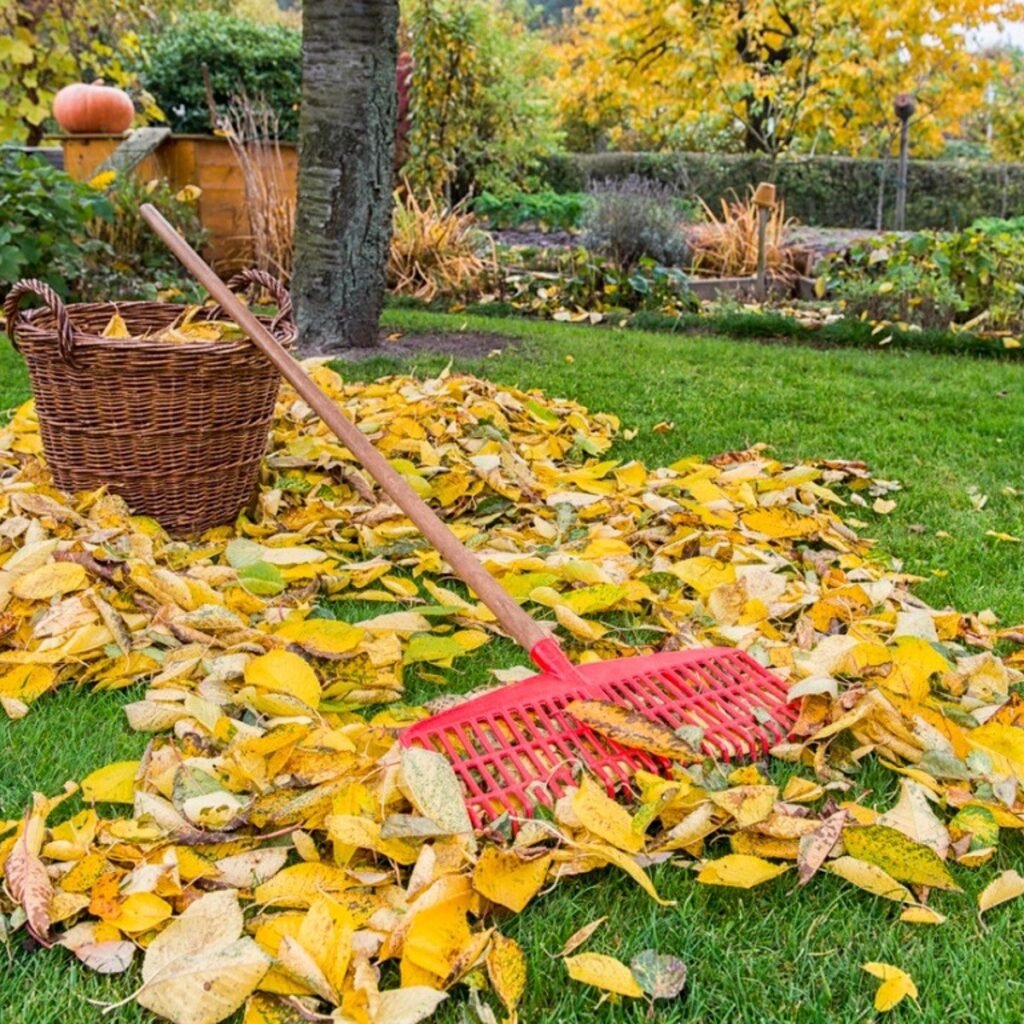
If your perennial beds are looking tangled or overcrowded, it’s a sign they need dividing and trimming before winter. Plants that compete for light and nutrients weaken each other, leading to poor flowering and disease vulnerability.
How to Fix It:
- Cut back perennials like daylilies, hostas, and irises to about 2–3 inches above the soil.
- Divide crowded clumps by digging them up and gently separating the roots. Replant the healthiest sections in fresh soil.
- Leave ornamental grasses, sedums, and coneflowers standing through winter—they add structure and provide seeds for birds.
Expert Tip:
Dividing perennials every 3–4 years keeps them vigorous and improves bloom production. Early fall is ideal because plants still have time to establish roots before the ground freezes.
4. Weeds Have Gone to Seed
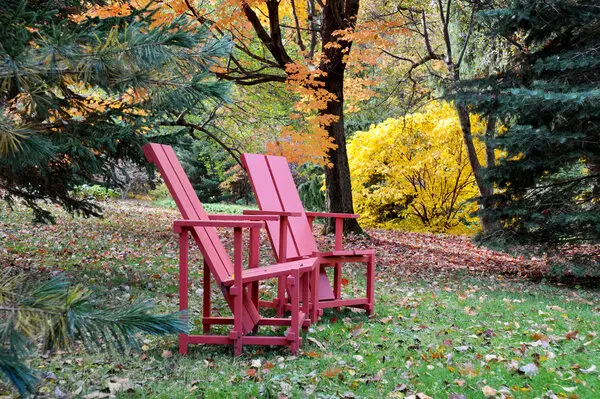
By late fall, even the most well-maintained gardens have a few unwelcome guests. When weeds start producing seeds, it’s a red flag. If you don’t act fast, you’ll be battling thousands of new weeds next spring.
How to Fix It:
- Pull weeds from the roots before seeds disperse.
- For large areas, lay down mulch or cardboard to smother leftover weeds.
- Compost weeds only if they haven’t gone to seed. Otherwise, bag and discard them.
Expert Tip:
Moistened soil makes weeding easier—try pulling them right after a rain or watering session.
By tackling weeds now, you reduce your spring workload and ensure your garden soil stays clean and fertile.
5. Vegetable Beds Look Spent and Untidy
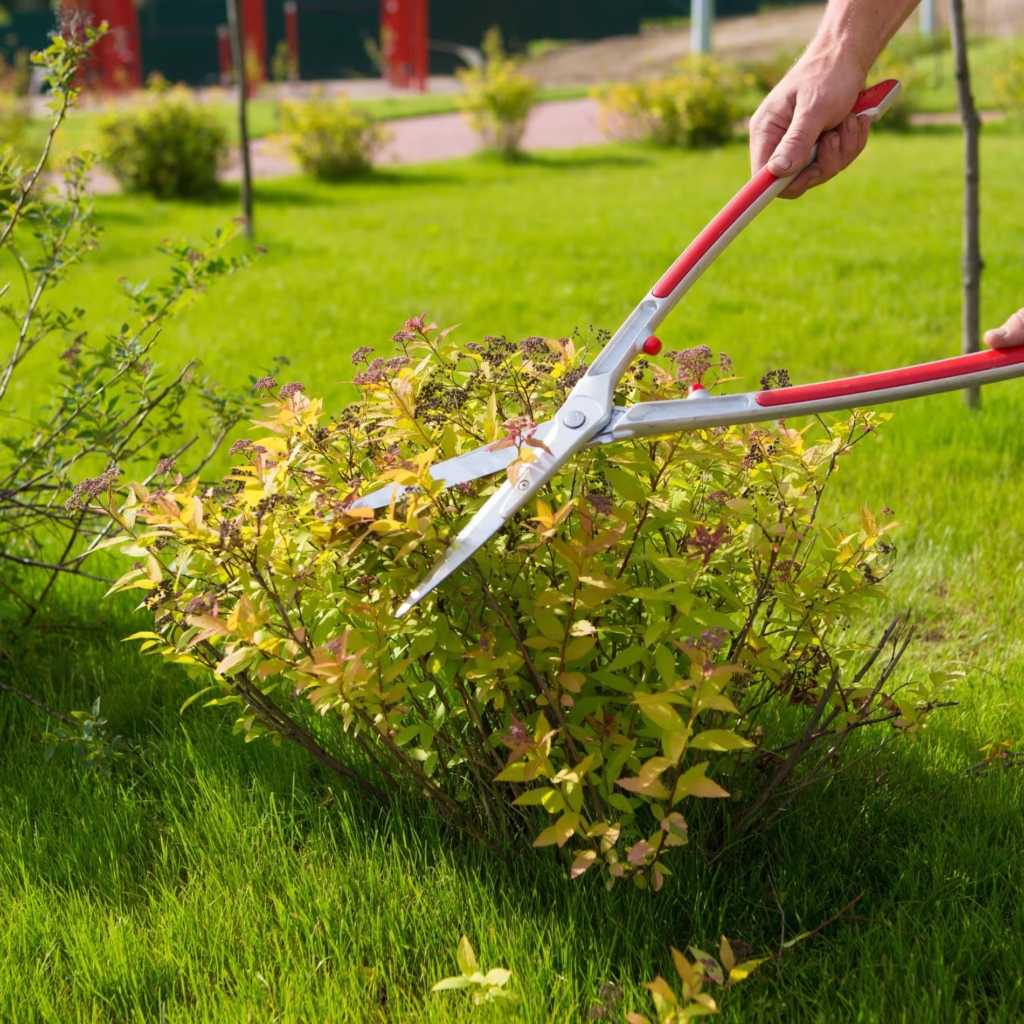
After a productive summer, your vegetable garden may be full of dead vines, rotting produce, and withered stems. These leftovers attract pests and disease while depleting the soil of nutrients.
How to Fix It:
- Remove all spent vegetable plants and fallen fruits or vegetables.
- Add a 2-inch layer of compost or aged manure to replenish nutrients.
- Consider planting a cover crop like clover, rye, or vetch to prevent erosion and improve soil structure over winter.
Expert Tip:
Mark which beds grew heavy feeders (like tomatoes or corn) so you can rotate crops next year and maintain soil health.
A tidy vegetable garden now ensures a strong, fertile start for next year’s crops.
6. Your Tools and Equipment Are Scattered and Dirty
A messy tool shed or forgotten hose might not seem like a gardening issue, but unmaintained tools can shorten their lifespan and even spread disease. Dirty pruners can carry fungal spores, and uncoiled hoses may crack in cold weather.
How to Fix It:
- Wash all tools with warm, soapy water and dry them thoroughly.
- Sharpen blades and oil metal parts to prevent rust.
- Drain hoses, sprinklers, and drip lines before freezing weather arrives.
- Store everything neatly in a shed or garage.
Budget Tip:
Use household mineral oil or vegetable oil to coat tools—it’s cheaper and effective for preventing corrosion.
Taking time to care for your equipment now saves you money on replacements later and keeps your spring gardening smoother and more efficient.
7. Bare Soil and Exposed Roots Are Showing
If you notice areas of bare soil or exposed plant roots, your garden is at risk of erosion and frost damage. Cold temperatures and wind can strip moisture from unprotected soil, leaving roots dry and vulnerable.
How to Fix It:
- Apply 2–3 inches of organic mulch (like shredded leaves, straw, or wood chips) around exposed areas.
- For slopes or large bare spots, plant ground covers or spread compost to enrich and protect the soil.
- Check for frost heaving—a condition where roots push upward due to freezing and thawing cycles—and gently press plants back into place if needed.
Expert Tip:
Mulch acts as an insulator, keeping soil temperatures stable and protecting root systems all winter long.
How to Do Fall Cleanup the Right Way
Now that you know the signs, here’s a quick expert-approved plan to clean up your garden effectively without overdoing it:
Step 1: Start with a Visual Survey
Walk through your garden and note problem areas—diseased plants, weeds, debris piles, or compacted soil. This helps you prioritize your efforts.
Step 2: Tackle One Area at a Time
Begin with vegetable beds, then move to perennial borders and finally to trees and shrubs. Breaking the work into sections keeps it manageable.
Step 3: Compost Smartly
Only compost healthy plant material. Diseased or pest-infested debris should go in the trash. Turn your compost pile regularly for faster decomposition.
Step 4: Feed and Mulch
Once beds are clear, add compost to enrich the soil. Then mulch to insulate roots and suppress weeds through winter.
Step 5: Protect and Plan Ahead
Cover delicate perennials with straw or frost cloths if hard freezes are expected. Then take notes—what worked well this year? What needs improvement next spring?
Bonus: What Not to Clean Up Too Early
While fall cleanup is crucial, don’t overdo it. Some elements of your garden should be left as they are for ecological balance and visual interest:
- Seed heads of coneflowers, rudbeckias, and sunflowers feed birds.
- Leaves under shrubs provide shelter for pollinators and beneficial insects.
- Ornamental grasses add texture and prevent soil erosion in winter.
The key is balance—clean up what invites disease or pests but leave nature’s beneficial elements intact.
Final Thoughts
Your garden speaks to you—and the signs it needs a fall cleanup are easy to recognize once you know what to look for. From dying plants and weed invasions to bare soil and neglected tools, each indicator is a gentle reminder that your garden deserves a little seasonal care.
By following these steps and using materials you already have—leaves, compost, old blankets, or simple tools—you’ll protect your plants, improve soil health, and set the stage for a stunning spring revival.
Remember, fall cleanup isn’t just about tidiness—it’s about nurturing your garden’s long-term health. So grab your gloves, take a deep breath of that crisp autumn air, and give your garden the attention it deserves before winter arrives. Come spring, you’ll be rewarded with thriving blooms, stronger plants, and a landscape that bursts with life and color.
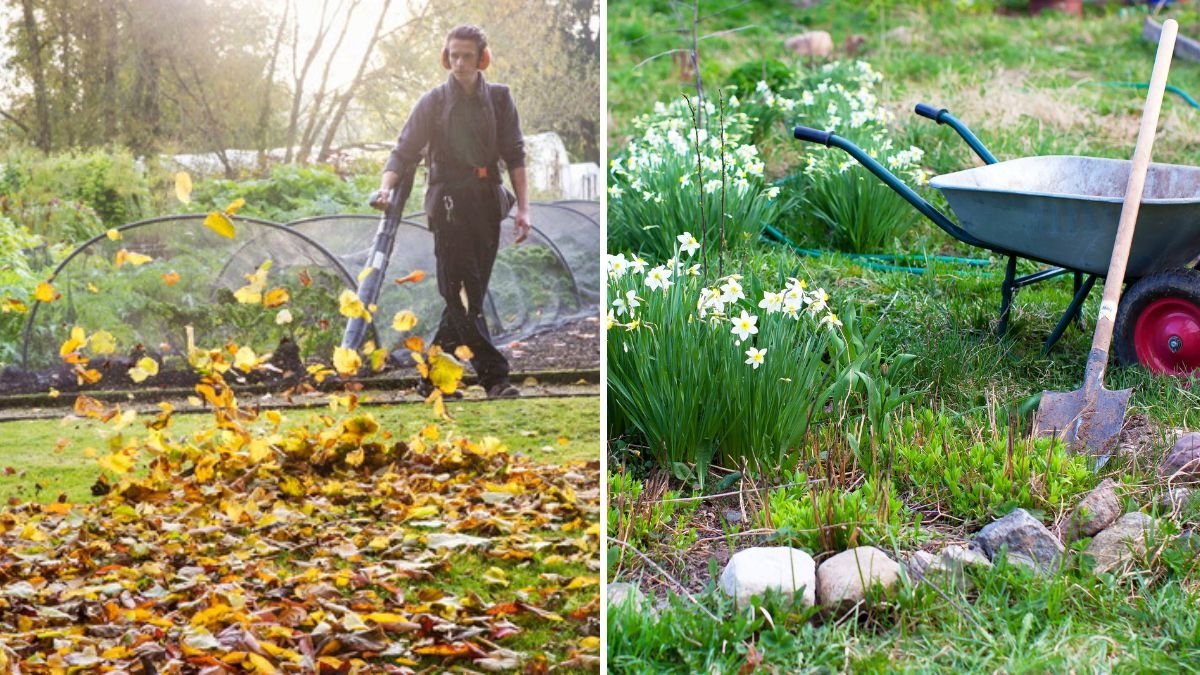




Leave A Comment